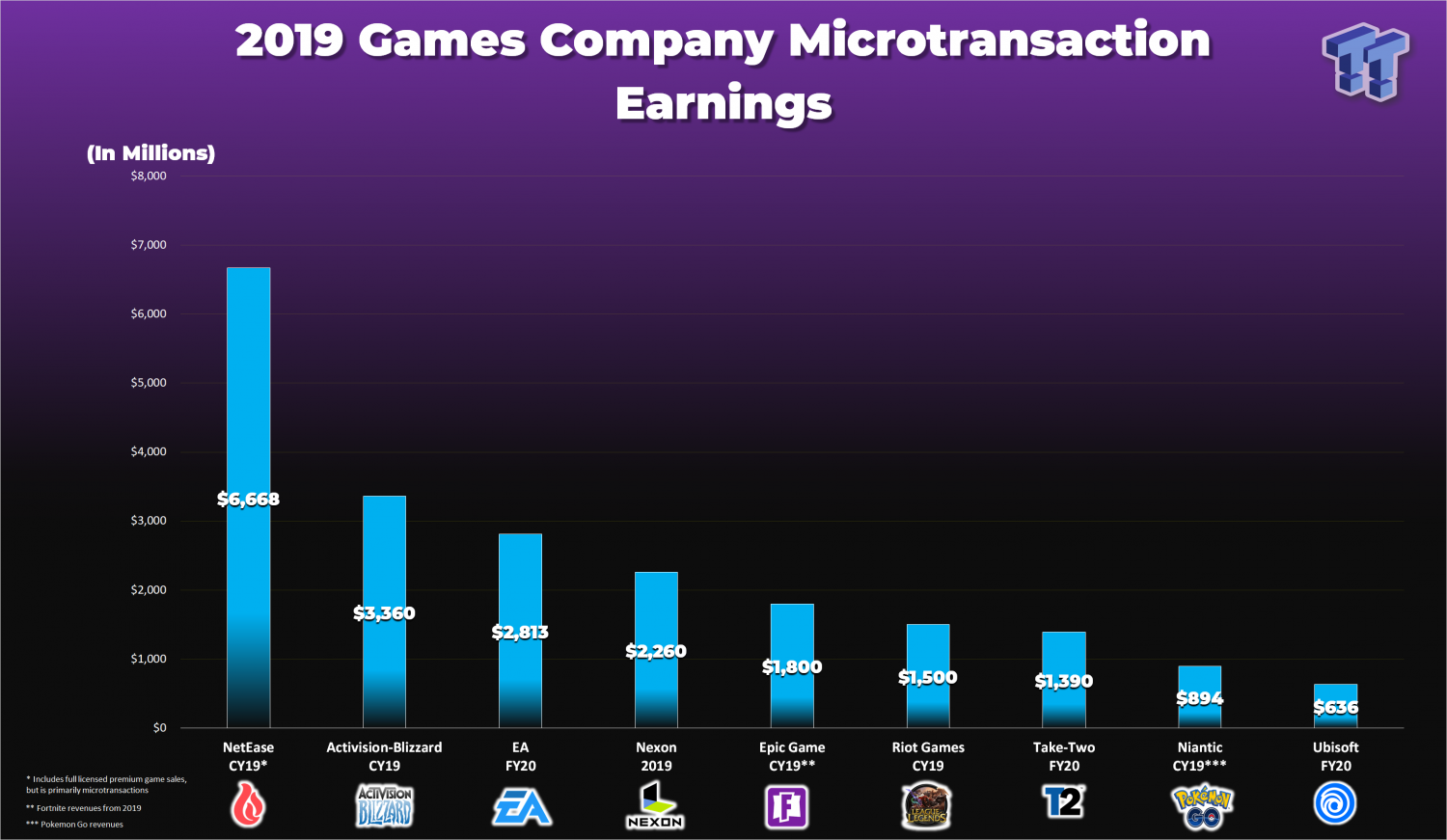The Lucrative Business of Microtransactions and DLC in Free-to-Play Games
How Free Games Make Money
While free-to-play games allow players to experience the core game without spending money, game developers have found highly profitable ways to monetize these titles through microtransactions and downloadable content (DLC). Two of the most common revenue streams for free games are the sale of cosmetic microtransactions and story/content expanding DLC packs. Many top-grossing free-to-play titles like League of Legends, Dota 2, Fortnite, and Apex Legends see hundreds of millions or even billions in annual revenue without players spending money on the base game itself. Instead, creators implementOPTIONAL cosmetic upgrades and additional mode/character/map access that can be purchased with real currency. While not impacting gameplay, these supplemental purchases prove massively lucrative.

The Appeal of Virtual Items
Players are strongly incentivized to purchase character customization options known as “skins” that don’t provide any competitive advantage. Having rare or exclusive appearances brings a sense of prestige and identity within the game’s community. Players wish to stand out and pursue status through their purchased aesthetic choices. Game companies understand this human psychological desire and deliberately craft scarcity and exclusivity around some skins to drive demand. Limited time offers and item rotations create artificial shortage. Animation, finishers, and other skin perks beyond basic looks keep customization engaging and worthwhile to improve. With free access to the core game, many players willingly spend on virtual vanity upgrades and collection aspects over time.
Success of the Cosmetics Economy
Titles like League of Legends prove just how lucrative focusing on optional customization monetization can be rather than conventional DLC models. In 2013 alone, LoL earned over $624 million from skin sales — more than whole retail game revenues that year. Other giants like Dota 2 and Fortnite replicate this financial formula with meticulously designed character variants sold for real currency prices. The optional nature and lack of gameplay effect means most players can fully access a free-to-play game without spending. However, those wishing to express themselves and collect rare items subsidize development for all. For creators, it represents an unparalleled revenue stream requiring no split with platform holders like on retail games. When done well through regular content updates and engaging community features, a strong cosmetic economy can pour millions into a game for years.
Providing Meaningful Post-Launch Content
While many aim to profit primarily from vanity item sales, some free titles like the award-winning Warframe take a hybrid approach, offering robust paid DLC expansions alongside ongoing aesthetic offerings. Major story and gameplay expansions provide dedicated players worthwhile value beyond the base experience. Rather than solely relying on recurrent spending windows, robust DLC packs involving substantial new story missions, modes, and features give customers discrete premium content options. If priced accessibly and providing dozens of hours of new content, expansion passes can drive significant one-time income surges. For live service games seeking long-term retention, meaningful post-launch DLC arcs delivered over months strengthen engagement cycles between major updates. When done well with ample new content instead of paltry or extraneous additions, paid expansions demonstrate respect for committed players while still respecting the free option. As such, they can drive important revenue spikes and complement microtransaction income streams to sustain long-term development of polished free-to-play experiences. Win-win.
The Risk of Predatory Monetization
However, not all live service games maintain a fair balance between optional cosmetic spending and premium expansions. Some unfortunately adopt manipulative monetization strategies that damage goodwill and reputation over time. Examples include artificially restricting progression or gameplay experience to incentivize frustration spending on boosts. Implementing annoying and repetitive advertisement walls unless paying also risks alienating customers. While cultivating long-term player investment and retention is important, crossing ethical lines to psychologically exploit people damages the implied social contract. Issues around loot boxes and randomized cosmetic items that can function like gambling for children remain controversial as well due to predatory potential if not implemented responsibly. Overall best practices point to avoiding gameplay restrictions and utilizing only cosmetic microtransactions sold directly with transparency around odds. Meaningful but reasonably priced episodic DLC maintains long-term player value while periodic events and limited offers keep spending windows optional and excitement high without resorting to coercive tactics over time.
Maximizing Value and Minimizing Waste
For customers, carefully considering optional purchase value represents wise long-term spending. Vanity items hold superficial significance diminishing over time. Regularly asking “Will this character skin or loot box chance provide months of enjoyment worth real dollars?” prevents impulse spending wastefulness down the road when that money could be better allocated to more impactful hobbies or investments. Evaluating large DLC packs by reviewing hours of added gameplay and plot beats before committing funds prevents buyer’s remorse on mini expansions not justifying their price tags. With self-control and awareness of predatory practices some developers resort to, consumers can make purchase choices maximizing long-term personal satisfaction from the free-to-play model while minimizing frivolous spending and feeling taken advantage of psychologically by manipulative monetization strategies over time. A balanced approach benefits players and supports high-quality free games.
Sustaining Engaging Live Service Experiences
When done right, the free-to-play model allows enormously popular multiplayer entertainment to remain continually accessible to all. Offering fresh new story, gameplay, and vanity elements maintains excitement in the community and drives ongoing revenue streams funding additional ambitious post-launch development.
Future prospects look bright for committed live service games finding balanced monetization sweet spots between robust cosmetic economies, thoughtful episodic premium DLC arcs, and respecting all players’ right to fully access the core experience without financial barriers. With responsible implementation avoiding exploitation, the approach promises to sustain rich virtual worlds and engaging live online entertainment for many dedicated fans for years to come. done responsibly, games as a live service business prove a win-win proposition.
